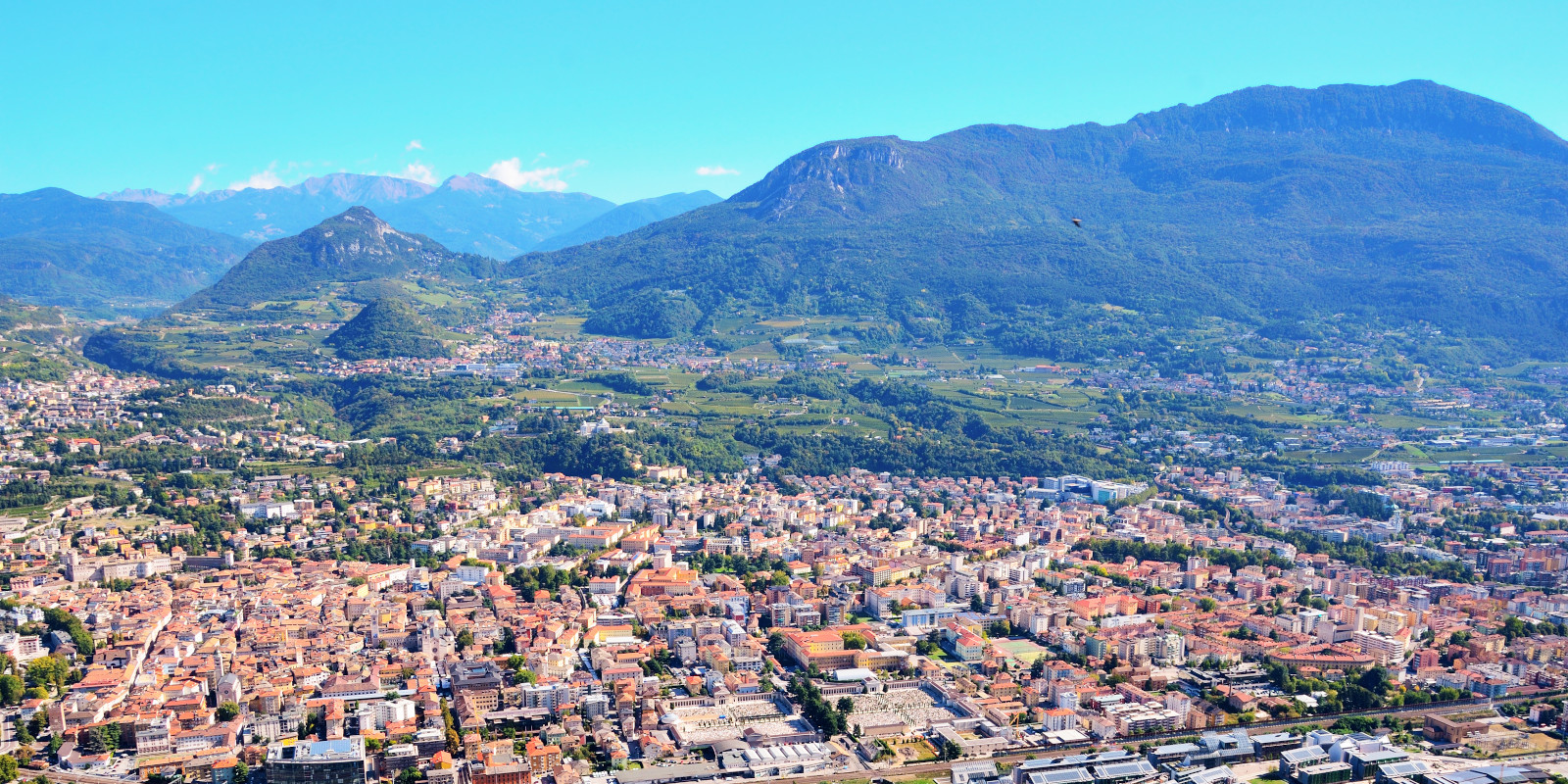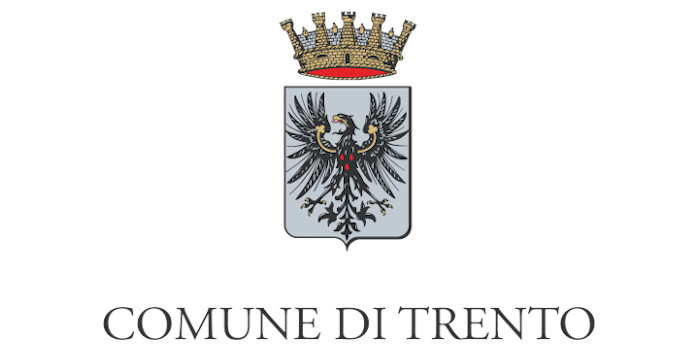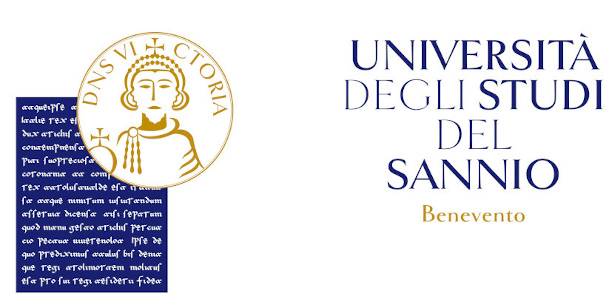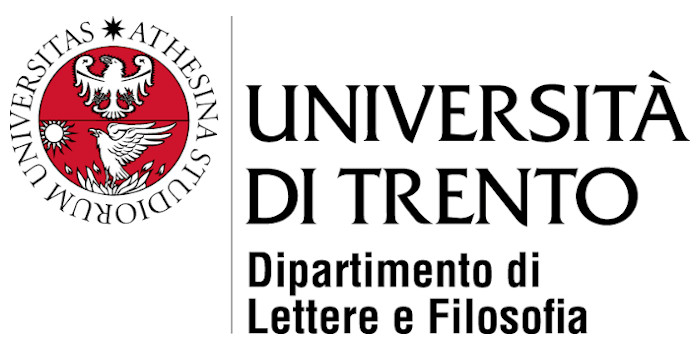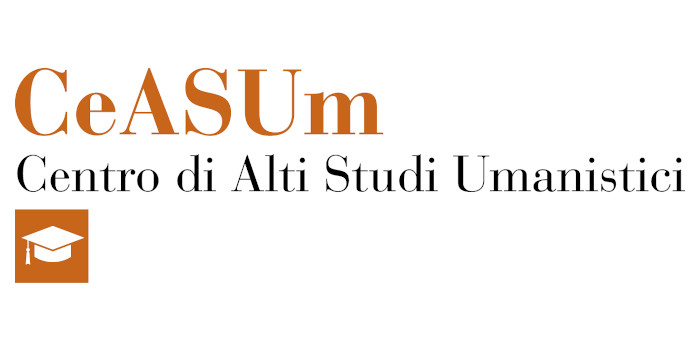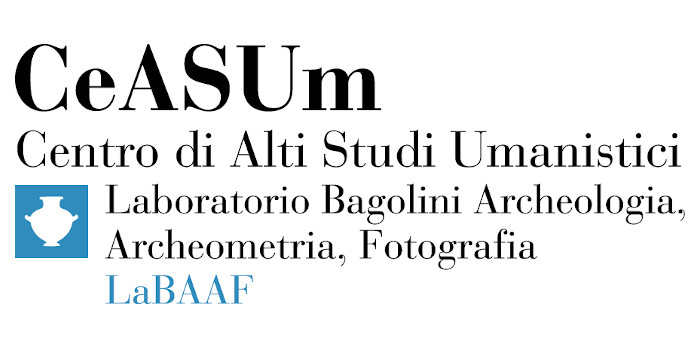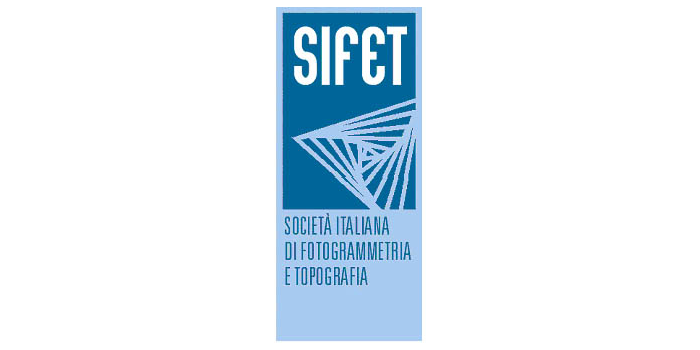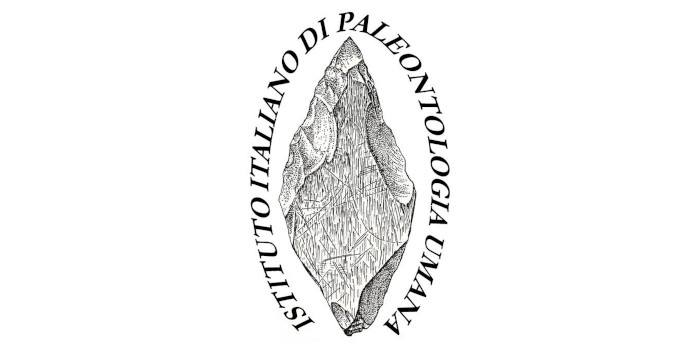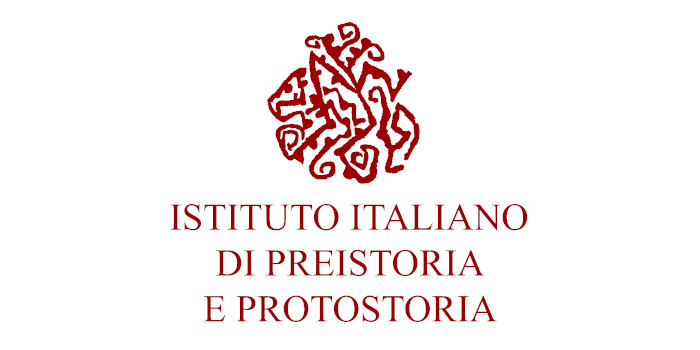LONG-DISTANCE TIMBER TRADING IN THE ROMAN EMPIRE
Mauro Bernabei
National Research Council of Italy - Institute of BioEconomy (IBE), Italy
ABSTRACT
Throughout antiquity wood was the most important raw material and energy source. In contrast to other archaeological finds e.g. pottery, stone tools and metal, the in general poor preservation conditions for organic material make archaeological records of wood very rare. It is preserved over a long period of time only in very humid or very dry locations. Hence archaeological wooden remains are of particular interest for research: they provide insight into former environmental conditions, wood technology and ancient economic history. In addition yield annually resolved dendrochronological data that allows precise dating of archaeological features. During an archaeological excavation in the center of Rome 24 oak (Quercus sp.) planks were found as part of the foundation of a richly decorated portico, in a vast and wealthy property. Due to waterlogged conditions wood was remarkably well-preserved and the processing traces are still clearly visible. Most of the material belongs to a single lot of timber and shows no signs of reuse. Dendrochronological analyses were performed in order to date the structure. Further researches regarding the wood provenance were possible through statistical cross-dating. Our results demonstrated that the oak trees had been felled between 40 and 60 CE in the Jura Mountains of north-eastern France. It is most likely that the wood was transported to the Eternal City on the Saône and Rhône rivers and then across the Mediterranean Sea. This rare dendrochronological evidence from the capital of the Roman Empire gives fresh impetus to the ongoing debate on the likelihood of transporting timber over long distances within and between Roman provinces. This study reconstructs the administrative and logistic efforts required to transport high-quality construction timber from central Europe to Rome. It also highlights an advanced network of trade, and emphasises the enormous value of oak wood in Roman times.
SPEAKER BIO
- Degree in Forestry: 1993
- PhD in Wood Science: 1997
- Researcher at the National Research Council – Institute of BioEconomy (CNR-IBE) from 1998
- Head of the Laboratory of Dendrochronology of the CNR-IBE
- Research fields: wood science and all the aspects related to wood dating, conservation, species identification in archaeology, art history and cultural heritage.
- Recent studies: wood from Pompeii; olive trees from the Gethsemane garden in Jerusalem; the roof of the Basilica of Nativity in Bethlehem; the foundations of the Rialto Bridge in Venice; the Cherubini Collection musical instruments; the timber from historical buildings in Florence (Giotto’s Bell Tower, Basilica of Santa Croce, Baptistry).
